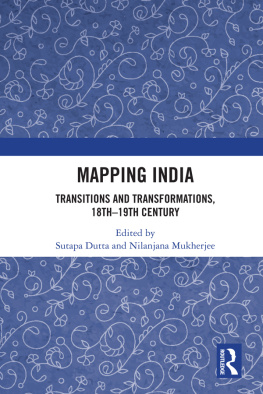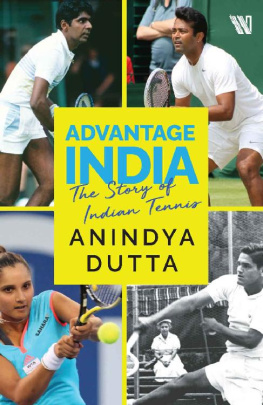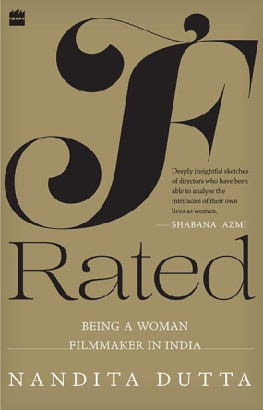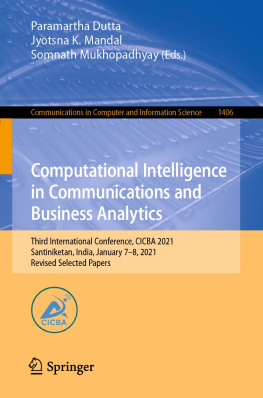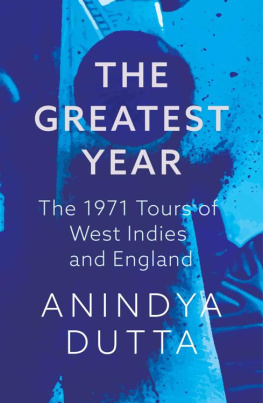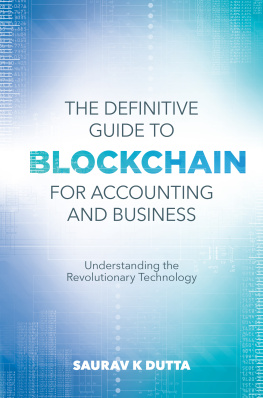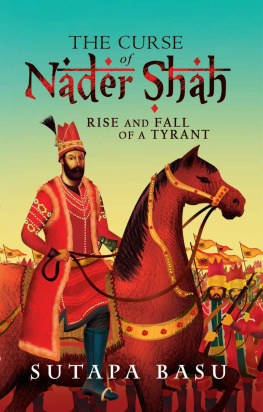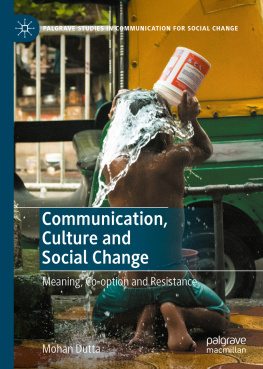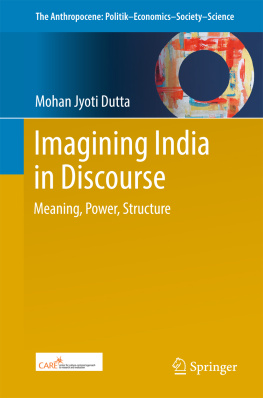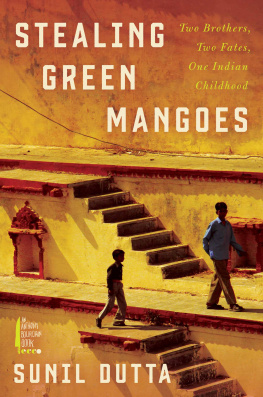Sutapa Dutta - Mapping India
Here you can read online Sutapa Dutta - Mapping India full text of the book (entire story) in english for free. Download pdf and epub, get meaning, cover and reviews about this ebook. year: 2019, publisher: Taylor & Francis (CAM), genre: Politics. Description of the work, (preface) as well as reviews are available. Best literature library LitArk.com created for fans of good reading and offers a wide selection of genres:
Romance novel
Science fiction
Adventure
Detective
Science
History
Home and family
Prose
Art
Politics
Computer
Non-fiction
Religion
Business
Children
Humor
Choose a favorite category and find really read worthwhile books. Enjoy immersion in the world of imagination, feel the emotions of the characters or learn something new for yourself, make an fascinating discovery.
- Book:Mapping India
- Author:
- Publisher:Taylor & Francis (CAM)
- Genre:
- Year:2019
- Rating:3 / 5
- Favourites:Add to favourites
- Your mark:
- 60
- 1
- 2
- 3
- 4
- 5
Mapping India: summary, description and annotation
We offer to read an annotation, description, summary or preface (depends on what the author of the book "Mapping India" wrote himself). If you haven't found the necessary information about the book — write in the comments, we will try to find it.
Mapping India — read online for free the complete book (whole text) full work
Below is the text of the book, divided by pages. System saving the place of the last page read, allows you to conveniently read the book "Mapping India" online for free, without having to search again every time where you left off. Put a bookmark, and you can go to the page where you finished reading at any time.
Font size:
Interval:
Bookmark:
Sutapa Dutta and Nilanjana Mukherjee
The intention of this volume is to present a stimulating and meaningful collection of essays which conveys the incredible diversity and range of issues that shaped the transformation of India from the 18th to the 19th century. Each major historical era has been marked by a significant transition, sparked by events or ideas that have generated new ways of thinking and profoundly impacted society and have brought enduring influences in transforming the world. The 18th and 19th century in India was a time of manifold transitions and transformations in all spheres of life political, social, economic and cultural. On the political front, the death of Emperor Aurangzeb in 1707 presaged the beginning of a decentralisation of the mighty Mughal Empire that had ruled the subcontinent for the last two centuries. The vacuum that was created led to the struggle for power among the local rulers, the Rajputs, the Sikhs, the Marathas, the Nawabs of Bengal, Hyderabad and Awadh. This was in many ways the vulnerability that invaders like Nadir Shah and Ahmad Shah Abdali took advantage of. As has been sometimes suggested, British conquest of India was possible mostly by taking advantage of this internal political chaos and the general disturbed conditions in this period, rather than a conquest (Seeley 2005). Similarly, other European powers the French, Portuguese, Dutch and Danish too strategised to gain control over large tracts of the subcontinent for trade and political power. Commerce preceded colonialism, and almost all major European powers maintained their outposts in strategic coastal cities in India.
These efforts of control and consolidation were evident through acts of aggression both on the political and economic fronts. On the economic front, the land-based economy and trade gave way to sea-based trade as the British activity in India transformed from a primarily commercial company to one with substantial territorial interests. By the end of the 18th century, the political fragmentation of the Mughal Empire, coupled with the distinct military strength of the British East India Company (EIC), tilted the balance of power in the companys favour, making them the de facto rulers of Bengal. Within the next hundred years, the aggressive expansionist policies of the EIC under Cornwallis and Wellesley had successfully dethroned the last vestiges of Mughal power in India and had firmly established the sovereignty of the British Crown in India.
The coming of the British when the Mughals ruled India has been a period marked by two civilisations in contact, institutional changes and unique patterns of interaction. Both their rules remain crucial in the historical study of South Asia, and yet the Mughals have largely been prototyped as eclipsed by the greater glory of the British Raj. When colonial power was beginning to make its power felt, Indian society was structured on an intransient and intricate form. Much of northern and central India had been under an Islamic empire for nearly six centuries and had largely co-existed along with indigenous social practices and power structures. British colonial domination in India, even though its immediate instrument was a commercial company, introduced a political imaginary institution of an entity called the state (Kaviraj 2005, 2010). By the first half of the 19th century, they had successfully controlled much of the military power, commercial activity and administrative apparatuses and had a substantial influence on the cultural life in most parts of India.
This period, which saw a shift in power, has been the subject of a rather continuous and contentious debate with scholars arguing on how to define this time in history. The interpretation of the Mughal rule in the 18th century as a dark, medieval period of history which predated the modern state of 19th-century British India was subscribed to by early historians, both English and Indians alike. Both William Irvine and Jadunath Sarkar propounded the 18th century to be a dark age marked by poverty and moral degradation (Irvine 1922; Sarkar 2003). Sarkar blamed Aurangzeb in whose reign the purity of domestic life was threatened by the debauchery fashionable in the [Mughal] Court and conclusively stated that On 23rd June 1757, the middle ages of India ended and her modern age began (Sarkar 2003: 497). Even though it may not have been as dramatic as Sarkar makes it out to be, the Battle of Plassey on that fateful day did decide the destiny of the British, who continued to dominate India for the next two hundred years. Athar Ali and Irfan Habib too look at the period within the framework of Mughal decline (Ali 1978, 1997; Habib 1999). They see the Mughal political collapse as a result of endemic structural flaws in its political and economic systems. Again, while British Orientalists like William Jones and H. T. Colebrooke were exploring the golden age of the Vedic period, Anglicists like Thomas B. Macaulay and J. S. Mill proposed that westernisation was a valid passport to modernity. Even when the British took a scholarly interest in Indias glorious past, it was based on the irrefutable premise that the English were the agents of rescuing the people from the anarchic reign and cultural degeneration of their immediate predecessors. David Kopf continues to view British influence and westernisation as the reasons for the renaissance of the country and relates it to tradition versus modernity (Kopf 1969: vii). Sudipta Kaviraj too distinguishes between a traditionally limited pre-modern conception of state in the Hindu-Islamic context as distinct from the European modern state and goes on to clarify that these two are very different, although we tend to house them inside a capacious general category (Kaviraj 2005).
Recent scholars like C. A. Bayly have pointed out the positive aspects of the decentralisation of the Mughal rule, as it allowed the regional enterprises to collaborate with the English East India Company, so that the early British rule was generally seen as a continuation of the preceding regime (Bayly 1983). Muzaffar Alam too throws a new light on the nature of the Mughal period and suggests a coordinating agency between various socio-political systems and communities at various levels. Alam argues that it was the remarkable growth of commercialisation and economic prosperity in this period that led to the regional assertion of political autonomy (Alam 1986). These polarised inferences lead us to rethink what exactly the Mughals represented. While some scholars have condemned them for their despotic and oppressive reign, others have nostalgically lauded their contributions in terms of culture and material life.
The British presence too has been perceived in various shades of light. John Stuart Mill proclaimed that the British rule in India was not only the purest in intention but one of the most beneficent in act ever known to mankind (cited in Curtis 2009: 213). And imperialist historians like Bruce McCully suggested that the benevolent Raj was more altruistic than previous local rulers (McCully 1942: 40). Though the empire is dead and gone, the debates continue to this century, with the historian Niall Ferguson making a fervent case for the British Empire as a force for progress and modernisation (Ferguson 2003). While acknowledging the sins of empire, Ferguson is also quick to point out that no organisation in history has done more to promote the free movement of goods, capital and labour or to impose Western norms of law, order and modernity than the British Empire (ibid: xxii).
The arguments against colonisation are too obvious and too numerous to recapitulate here. J. R. Seeley, the English historian whose discussions have greatly given a new perspective about the empire, spelt out the weakness and danger that a nation like Britain had to contend with when it extended into other territories whose subjects could not be perfectly assimilated (Seeley 2005: 46). The Marxist assumption is, of course, that imperialism was economically exploitative (Habib 1995) And more recently, Shashi Tharoor, calling it an Era of Darkness, feels that Britain ought to as a symbolic reparation return one pound per year to India for the next 200 years to atone for the rapacity and cruelty of British rule (Tharoor 2016: Preface).
Font size:
Interval:
Bookmark:
Similar books «Mapping India»
Look at similar books to Mapping India. We have selected literature similar in name and meaning in the hope of providing readers with more options to find new, interesting, not yet read works.
Discussion, reviews of the book Mapping India and just readers' own opinions. Leave your comments, write what you think about the work, its meaning or the main characters. Specify what exactly you liked and what you didn't like, and why you think so.

